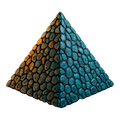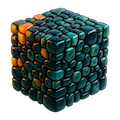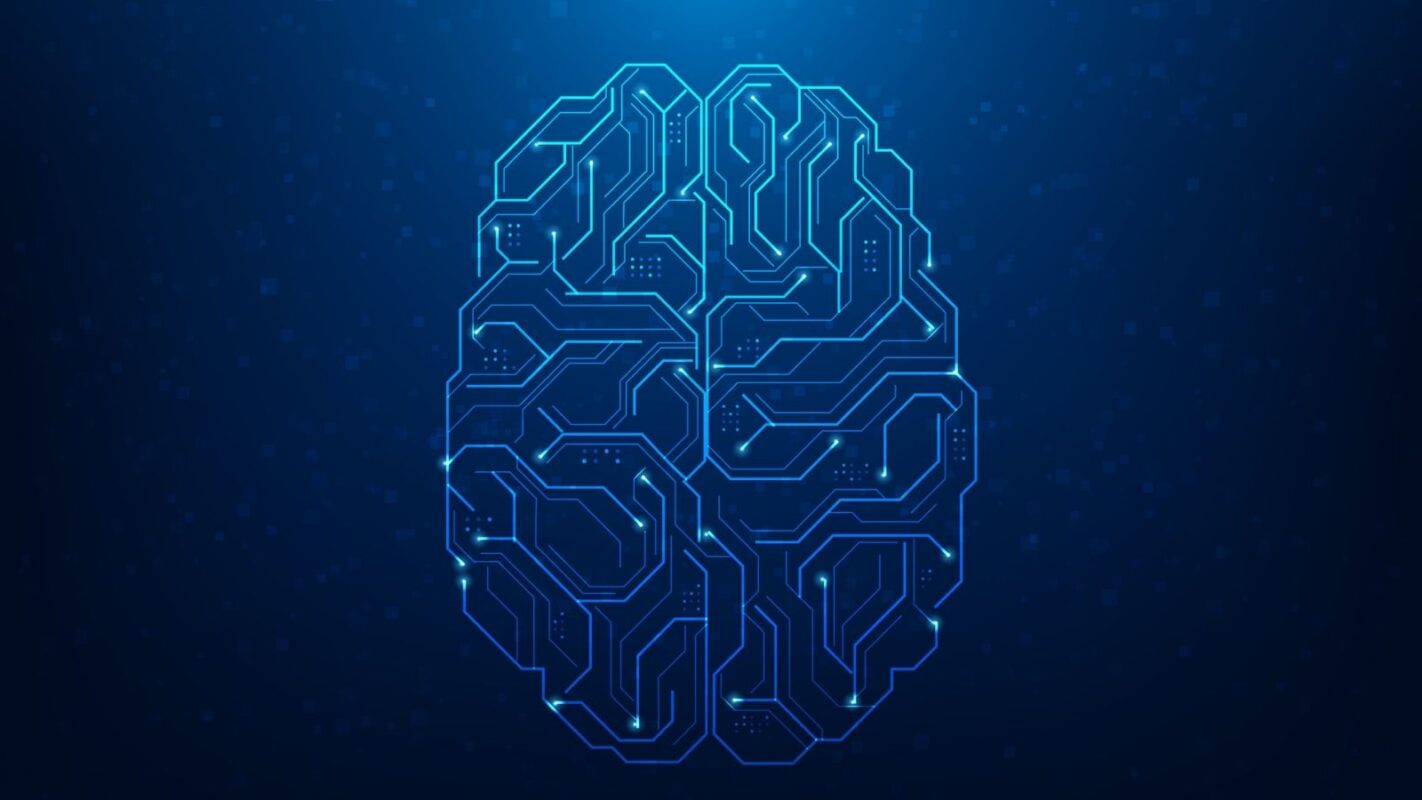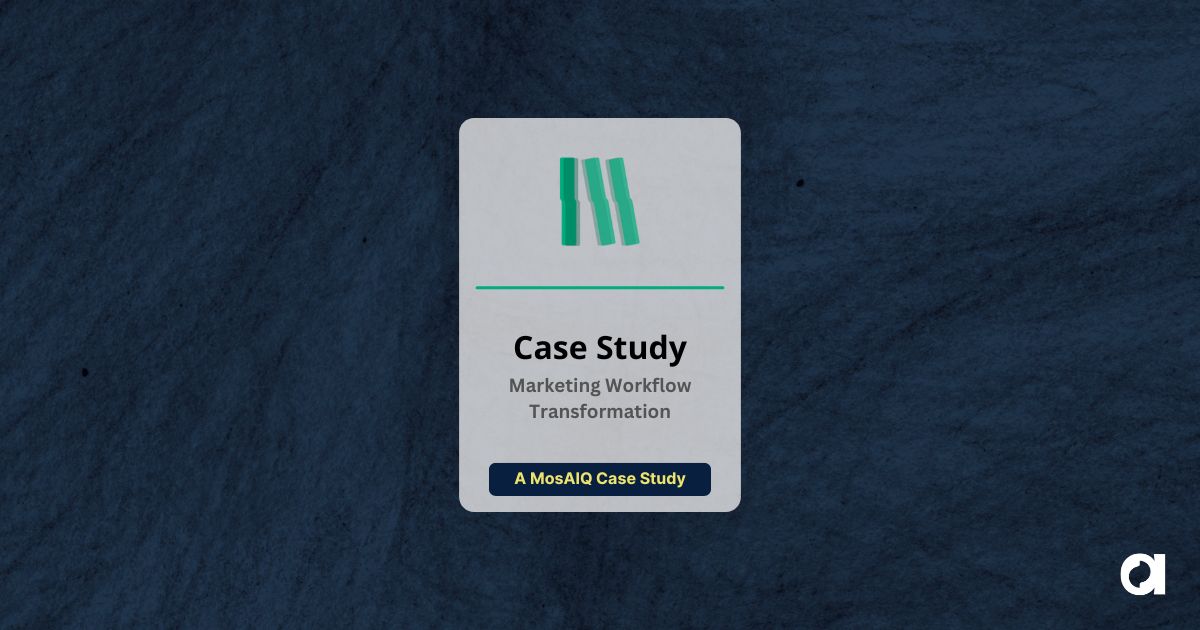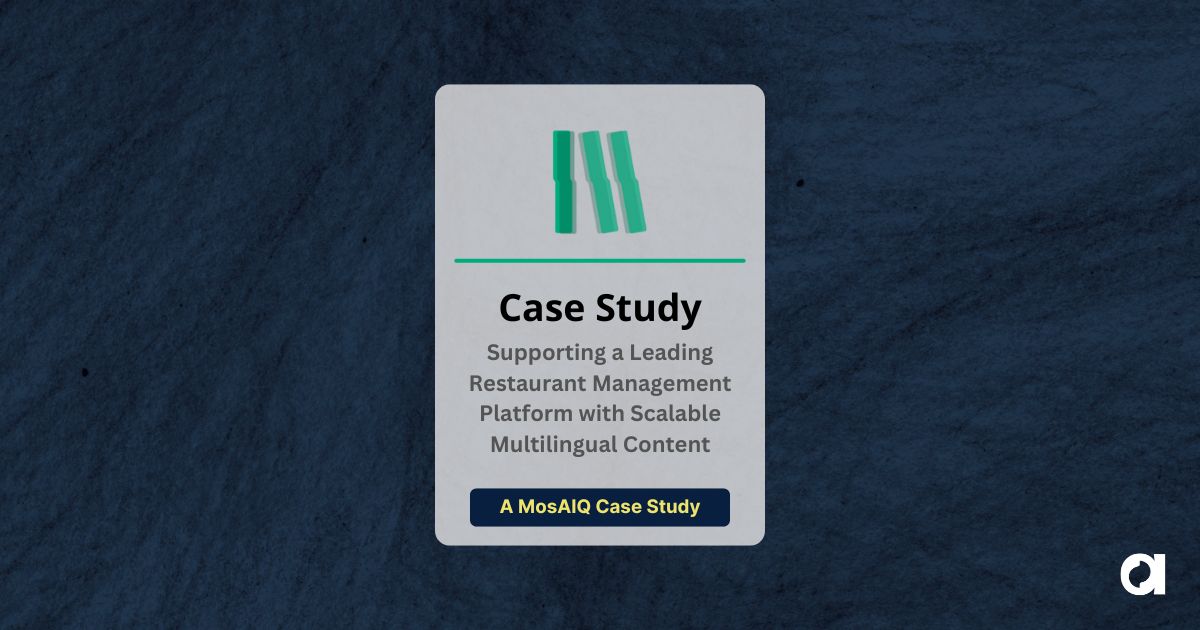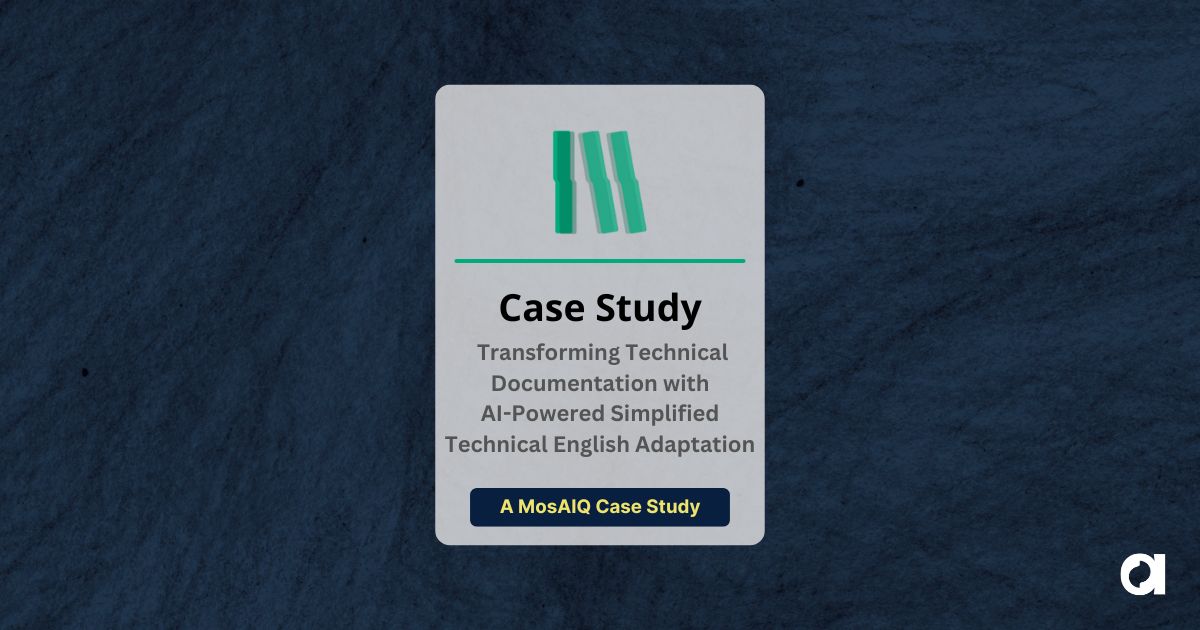AI is here. It’s showing up in RFPs, boardroom presentations, and internal conversations, and localization teams are feeling the pressure to act. But knowing you need to do something with AI isn’t the same as knowing where to start, how much to change, or what’s actually worth the risk.
For most localization programs, the fear isn’t about missing out. It’s about losing control.
Nobody wants to replace working systems with a black box. Nobody wants to automate the parts of localization that require judgment. And nobody wants to waste time on tools that promise more than they deliver.
The good news is that you don’t have to go all in. You can start small, focus on something specific, and stay in control. The right tools make that possible, and the right structure gives you room to grow when it makes sense.
Companies are using tools like our MosAIQ to pilot AI in targeted, manageable ways. With support from our AI Maturity Model, they’re implementing use cases that make business sense, such as cleaning up translation memories, automating quality review in stages, or testing limited content creation workflows. These sorts of “pilots” give stakeholders hands-on experience with AI while protecting quality, budgets, and control.

Start with Structure
The push to use AI is often landing on organizations that haven’t been given the support or structure to do it well. Without a clear entry point, it’s easy to stall out. Some teams get stuck in research mode. Others go too far too fast and end up redoing work, implementing the wrong solution, or losing stakeholder trust.
The hesitation makes sense. Without a clear path forward, localization departments get blocked by competing pressures: the need to prove return on investment, the fear of quality loss, and the reality that most localization budgets weren’t built with AI in mind. And when the risks aren’t clear, it’s easy to default to either doing nothing or trying too much at once.
That’s where structure matters. Not just tools, but a framework that shows you where you are, what’s next, and what success could look like for you and your team. A maturity model offers a way to prioritize and build momentum without wasting time or resources.
Argos developed the AI Maturity Model for exactly that reason. It helps benchmark current capabilities, identify practical next steps, and build a roadmap toward sustainable AI adoption. The model is flexible by design, so each group can scale at a pace that fits their needs while keeping quality and control in focus. It also includes a short assessment that helps clarify your current position and how to move forward with confidence.
The AI Maturity Model
Every organization approaches AI services from a different starting point. The Argos AI Maturity Model helps you understand your current position and what to focus on next. It includes a downloadable framework and a short assessment you can use to identify practical entry points and avoid common missteps.
Explore the model and start your assessment
The Right Tool for the Times
A roadmap only helps if you have a way to act on it. That often means testing one change at a time, measuring results, and keeping everything else steady.
Some departments begin by using AI to clean up translation memories. Others apply it to quality review, running AI alongside human evaluators to speed up validation without lowering standards. Once they understand what the system can handle, they bring it into higher-volume projects or more complex workflows.
MosAIQ supports that kind of step-by-step progress. Teams can apply AI in the parts of the process where it makes the most sense. Each use case is configured independently, and the level of automation can be adjusted to match the content, timeline, or review model.
What is MosAIQ?
MosAIQ is a localization platform that uses AI to support workflows like translation memory cleanup, quality review, and content creation. It is modular, configurable, and keeps humans involved at every step. That makes it a useful option for those who want to work with AI while maintaining quality, control, and flexibility.
Learn more about MosAIQ
Workflows are managed via the MosAIQ Editor, where prompts, checkpoints and AI agents—small, task-specific programs—can be arranged as needed. Each function can be tested, adjusted, and scaled without committing to a full rebuild. For organizations building AI maturity over time, this kind of flexibility is what makes long-term progress possible.
Start Small, Build Real Value
Sometimes, the easiest place to begin with AI is with something that’s already slowing you down. Translation memory, which is a database of previous translations, often fits that bill. Over time, these memories can fill up with duplicates, outdated phrasing, or inconsistencies that reduce match quality. Cleaning them up manually is tedious, time-consuming, and cost-prohibitive. AI can handle the heavy lift by quickly flagging problematic segments and organizing entries for better reuse, which results in higher consistency and cost-savings.
Post-editing, or editing of machine-translated content, is another practical entry point. Machine translation can sometimes produce uneven quality. AI can review that raw content and make initial edits before a human steps in. It doesn’t replace review. It just cuts down on the human linguist’s work and shortens the time to final delivery.
Language quality assurance, or LQA, also benefits from AI. LQA checks translations for accuracy, clarity, and consistency, but manual reviews are often limited by time, budget, and sample size. With AI, practitioners can run structured, large-scale reviews that highlight the issues that matter. Human reviewers still make the final decisions, but they work from a clean, filtered report instead of starting from scratch.
Each of these entry points solves a specific problem and gives teams a starting point to build their experience with AI without disrupting existing workflows.

How Teams Are Putting AI to Work
These examples are a few ways that our clients have started using AI. Let us also tell you about a couple of successful implementations.
One of our travel industry clients had been manually reviewing only a fraction of their translated content. Before incorporating technology into the process, quality checks were slow, uneven, and limited in scope. With MosAIQ, the team switched to a structured review model. The system flagged and categorized issues, allowing human reviewers to focus where they were most needed. Using this new approach, they processed 1.6 million words, increased coverage from 10% of the content to a full review, and reduced time and cost by 85%.
Toast, a high-end restaurant technology provider, began with a high-volume blog localization project: translate over 400 articles and 300,000 words into two languages and deliver them in five weeks. They paired AI-assisted post-editing with an optimized translation memory to streamline delivery and cut costs by 30%. Toast’s SEO team followed up with a content adaptation project that delivered 315,000 words in 15 business days. The process used prompting, quality scoring, and inline review to support speed and accuracy. That work finished 60% faster and cost half as much as the traditional approach.
They’ve also begun piloting AI-generated marketing content. Toast’s localization and content leads developed a workflow that combines AI-driven drafting and evaluation with human review. Early results show potential cost savings of 80% and the capacity to publish ten new articles per week.
From Pilot to Scalable Program
A pilot is only useful if it leads somewhere. MosAIQ was built to support that next step.
It connects with the systems that localization teams already use, including major translation management system (TMS) platforms. Workflows can be configured around content type, review model, or risk level. Prompts and agents can be adjusted as your organization’s goals evolve.
Argos works with clients to set up workflows and scale them over time. We support the rollout of new use cases, help refine how outputs are scored, and provide implementation support as companies adapt their processes. When deeper quality measurement is needed across languages or markets, we bring in our wholly owned subsidiary, Chillistore, to support specialized review models.
What’s Next?
You don’t need a full strategy to start with AI. One use case is enough.
MosAIQ gives teams the freedom to test ideas without making a large investment or losing control. The AI Maturity Model can help pinpoint where to begin and how to build momentum from there.
Learn more about MosAIQ or take the AI Maturity Model assessment to get started today.
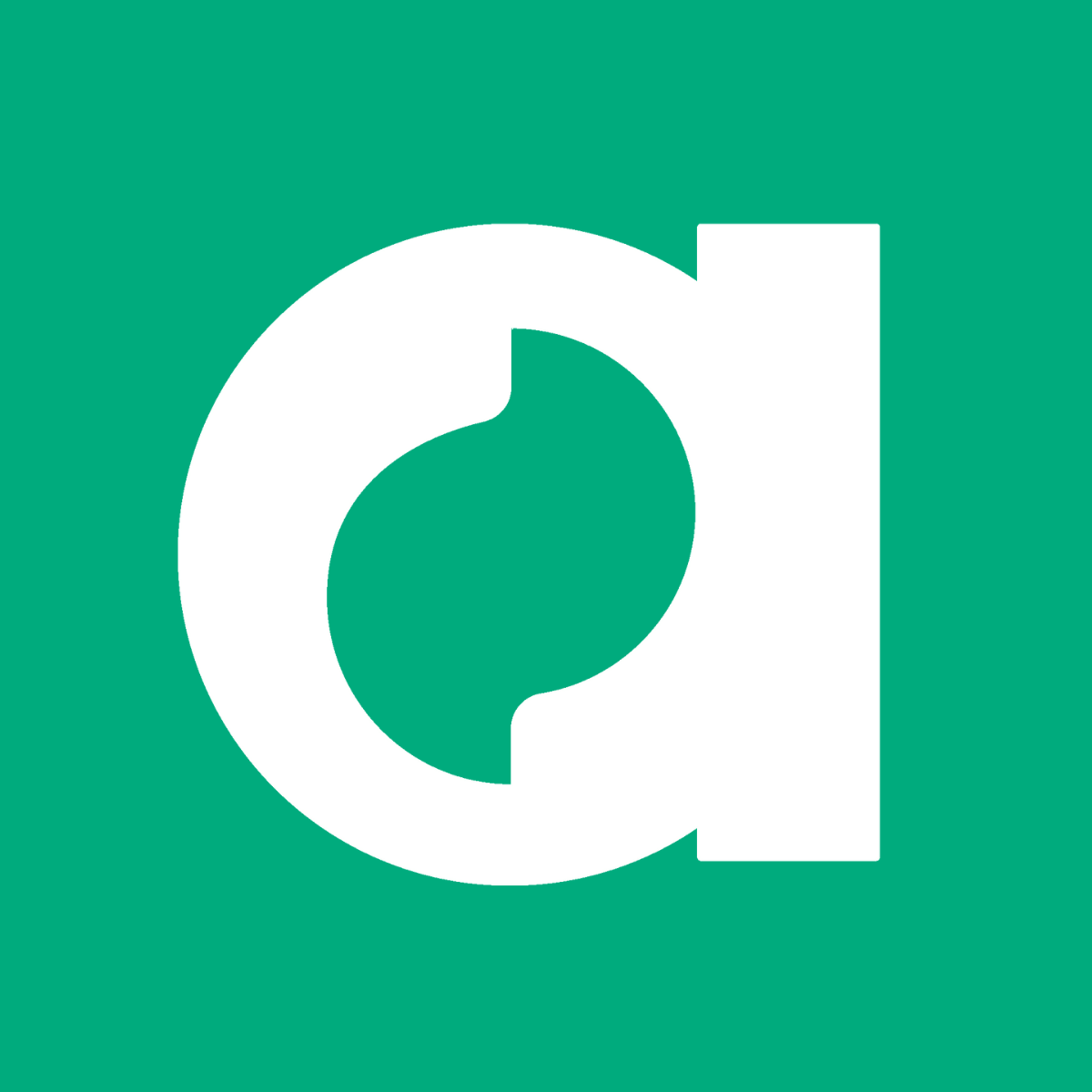 Argos Multilingual
14 min. read
Argos Multilingual
14 min. read
AI-Powered Quality Assurance in Localization Join Stephanie Harris-Yee and Erik Vogt for an in-depth exploration of AI LQA (Linguistic Quality Assurance) and its transformative impact on the localization industry. This conversation delves into how artificial intelligence is enhancing quality control processes and reshaping traditional approaches to translation quality assessment. Key topics covered: The current state […]

 Argos Multilingual
6 min. read
Argos Multilingual
6 min. read
Argos Multilingual surveyed nearly 1,000 people across eight countries to understand how users interact with GenAI-generated content. The findings, published in our report, The End-User in the Loop, point to a recurring problem: content that clears internal review often fails when it reaches the people it was meant to help. Fluency and formatting don’t guarantee […]





